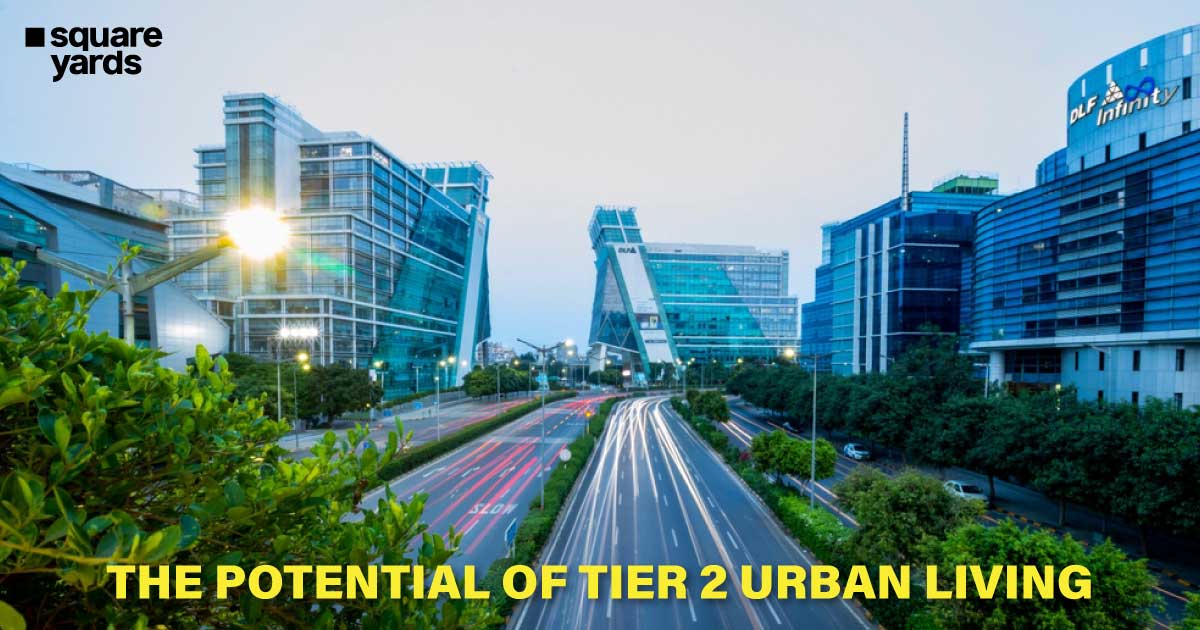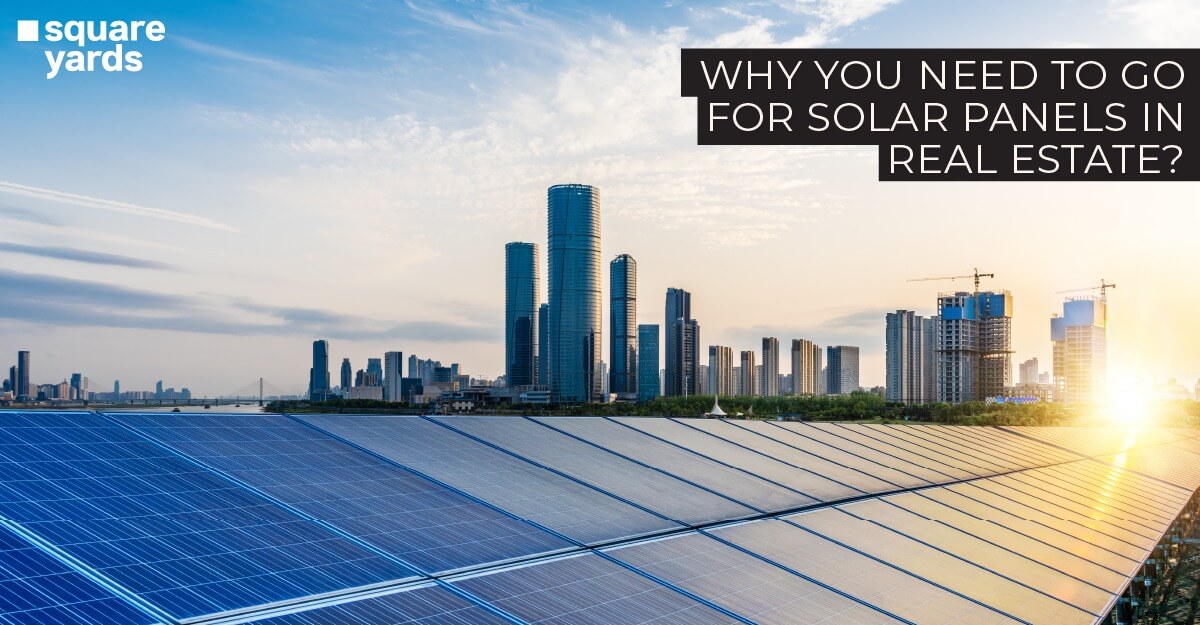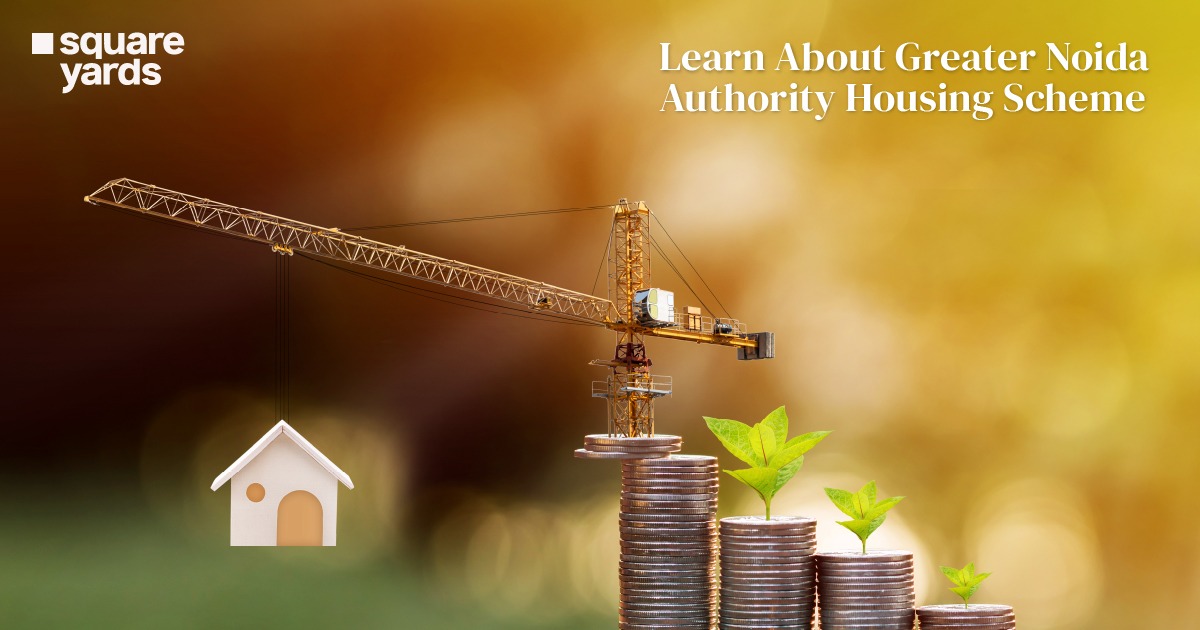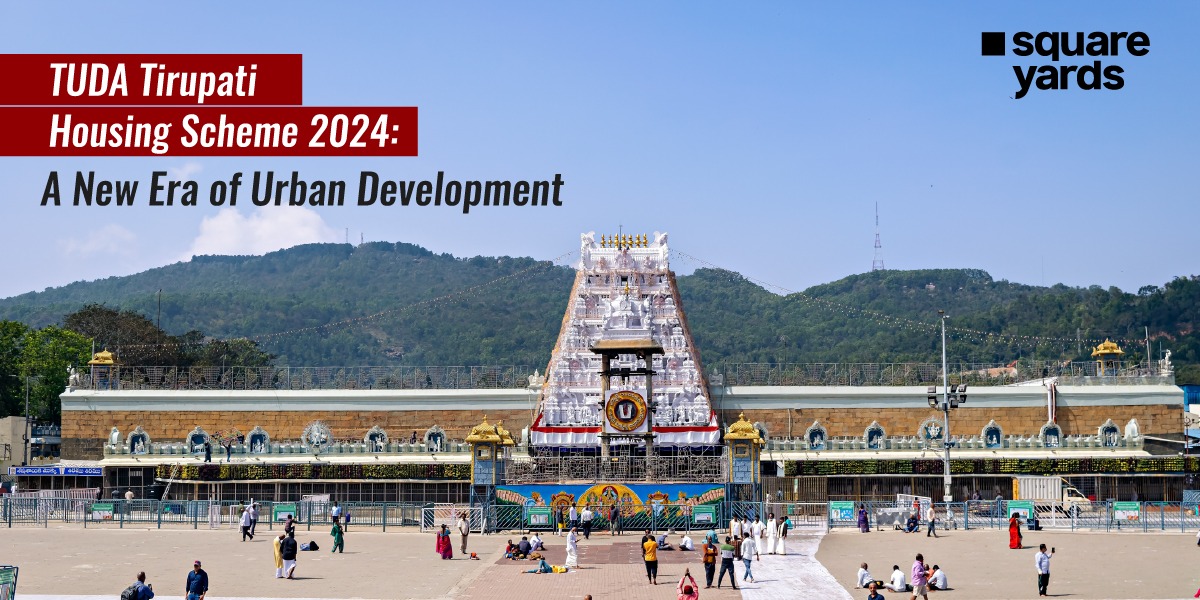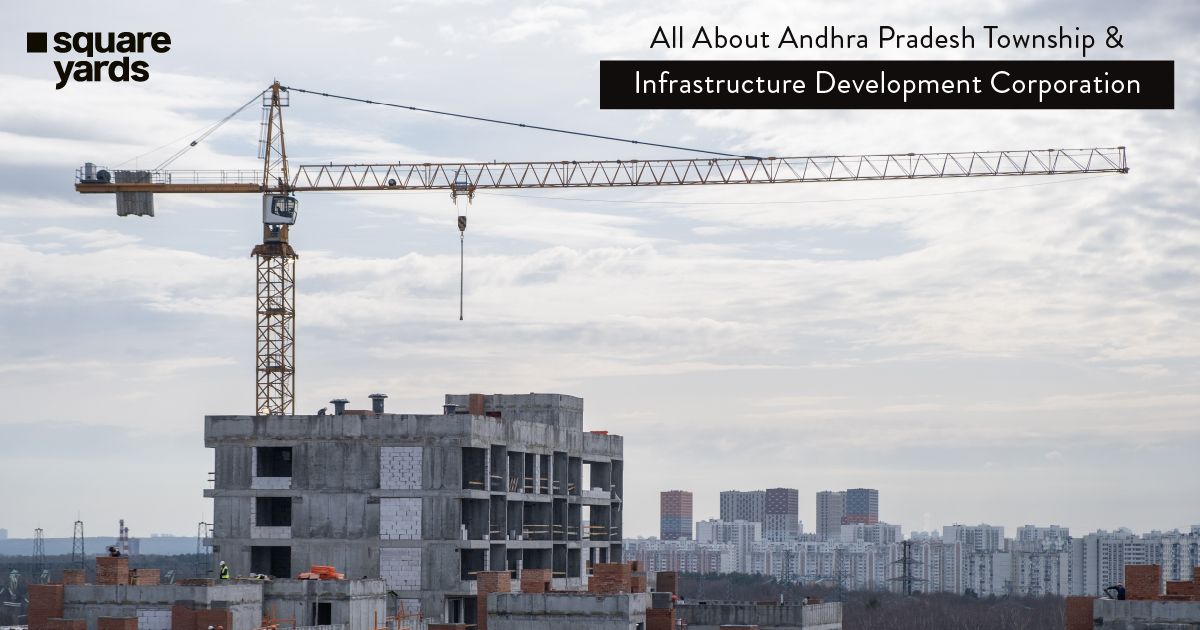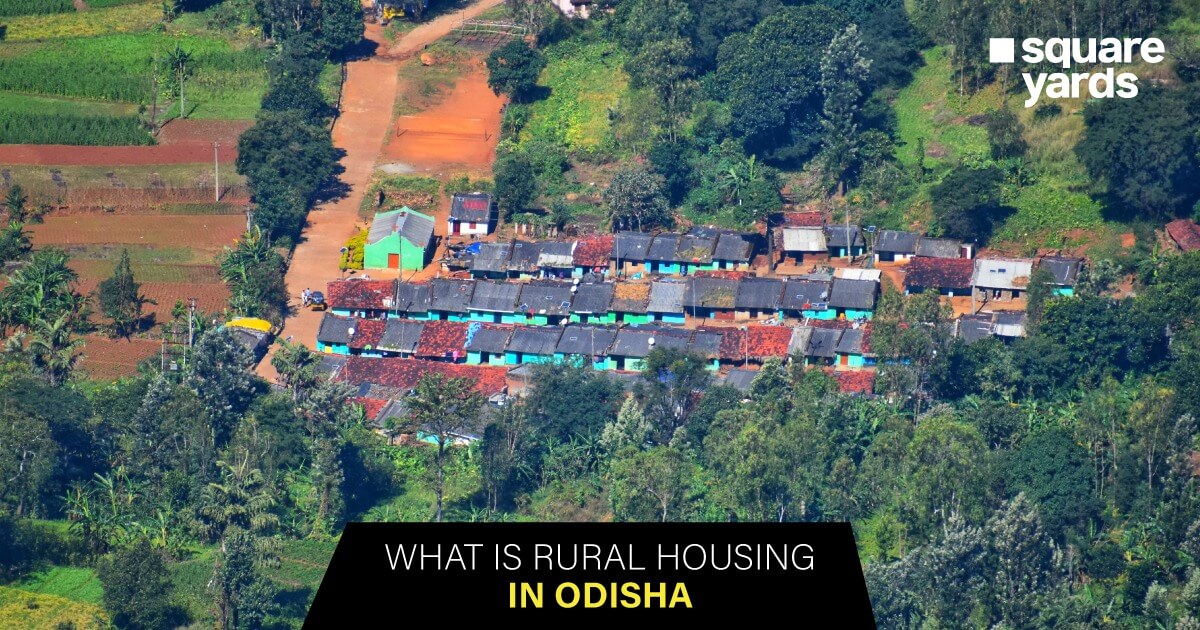While the glitz of metros like Mumbai and Delhi continues to dominate the urban narrative, a parallel story of growth and development unfolds across Tier 2 city in India. These urban centres, with populations ranging from 50,000 to 1 million, are transforming into hotspots of innovation, entrepreneurship, and cultural revival. The rise of remote work and digital connectivity has further fueled the transformation of Tier 2 cities in India, allowing people to pursue high-quality lifestyles away from the hustle and congestion of mega-cities.
India’s Tier 2 cities, from Jaipur and Kochi to Indore and Bhubaneswar, offer a compelling mix of economic opportunities, cultural richness, and improved quality of life. They are increasingly attracting those seeking a return to their roots and urbanites desiring a more balanced life. With growing infrastructure, enhanced connectivity, and a focus on sustainable development, these cities are crafting a new urban identity that promises prosperity and well-being.
As the country strides towards inclusive growth, Tier 2 cities become crucial contributors to India’s urban narrative. They provide a glimpse into a future where urban living can be synonymous with space, greenery, and community. This blog delves into the story of Tier 2 cities in India, exploring their journey from being mere dots on the map to becoming central to India’s economic and cultural renaissance.
Understanding Tier 2 Cities In India
In India’s urban classification framework, the government has segmented cities into various tiers to streamline urban planning and development priorities. This stratification serves as a guide to understanding the quality of life, infrastructural capabilities, economic vitality, and the range of amenities available within these urban centres. Each tier reflects a unique set of characteristics and developmental stages of the cities it encompasses.
A Tier 2 city in India reflects a significant segment of the urban landscape, bridging the gap between the highly developed Tier 1 cities and the more nascent Tier 3 cities. According to the Reserve Bank of India’s (RBI) urban classification, Tier 2 cities have populations ranging from 50,000 to 1 million. These cities are recognised for their substantial growth in infrastructure, economic opportunities, and quality of life, positioning them as increasingly appealing for investments and residential choices.
However, defining Tier 2 cities in India state-wise involves more than just population metrics; it’s about acknowledging their dynamic evolution. These cities are transitioning from traditional, often overlooked centres to vibrant urban spaces. They are becoming focal points for industrial growth, educational excellence, and the expansion of service sectors. With improved connectivity to major urban areas and an enhanced standard of living, Tier 2 cities are shedding their intermediate status to emerge as independent engines of economic and social development. This transition diversifies India’s urban development and decentralises economic growth, making Tier 2 cities critical to the nation’s overall progress and urban strategy.
How Many Tier 2 Cities Are There in India?
Determining the precise count of Tier-2 cities in India state-wise is somewhat challenging, as the classification criteria can differ slightly between various governmental and financial institutions, such as the Reserve Bank of India (RBI) and the Ministry of Housing and Urban Affairs (MoHUA). Criteria include factors such as population size, economic activity, infrastructure development, and urban planning considerations.
Despite these variations, it’s generally acknowledged that India is home to a considerable number of Tier-2 cities spread across the country’s diverse geographical expanse, from the arid landscapes of Rajasthan to the lush greenery of Assam.
Comprehensive List Of Tier 2 Cities In India
Which Tier 2 city in India might be your future residence or the next hotspot for your investment? Take a brief look at the list of Tier 2 cities in India:
| List of all Tier-2 cities in India | |||
| Tier 2 Cities | Tier 2 Cities | Tier 2 Cities | Tier 2 Cities |
| Agra | Ajmer | Aligarh | Amravati |
| Amritsar | Anand | Asansol | Aurangabad |
| Bareilly | Belagavi | Brahmapur | Bhavnagar |
| Bhiwandi | Bhopal | Bhubaneswar | Bikaner |
| Bilaspur | Bokaro Steel City | Burdwan | Bellary |
| Chandigarh | Coimbatore | Cuttack | Dahod |
| Dehradun | Dombivli | Dhanbad | Bhilai |
| Durgapur | Erode | Faridabad | Ghaziabad |
| Gorakhpur | Guntur | Gurgaon | Guwahati |
| Gwalior | Hamirpur | Hubballi-Dharwad | Indore |
| Jabalpur | Jaipur | Jalandhar | Jalgaon |
| Jammu | Jamshedpur | Jhansi | Jodhpur |
| Kalaburagi | Kakinada | Kannur | Kanpur |
| Karnal | Kochi | Kolhapur | Kollam |
| Kota | Kozhikode | Kumbakonam | Kurnool |
| Ludhiana | Lucknow | Madurai | Malappuram |
| Mathura | Mangaluru | Meerut | Moradabad |
| Mysuru | Nagpur | Nanded | Nadiad |
| Nashik | Nellore | Noida | Patna |
| Puducherry | Purulia | Prayagraj | Raipur |
| Rajkot | Ranchi | Rourkela | Ratlam |
| Saharanpur | Salem | Sangli | Shimla |
| Siliguri | Solapur | Srinagar | Surat |
| Thanjavur | Thiruvananthapuram | Thrissur | Tiruchirappalli |
| Tirunelveli | Tiruvannamalai | Ujjain | Vijayapura |
| Vadodara | Varanasi | Vasai-Virar | Vijayawada |
| Visakhapatnam | Vellore | Warangal | Empty Cell |
Tracking Real Estate Dynamics Across Tier 2 Cities
Real estate in every Tier 2 city in India is rising, thanks to several key trends. These cities are becoming more appealing because of their improved connectivity and infrastructure, making them attractive places to live outside the busier Tier-1 cities. The cost of living and property prices are generally lower in Tier-2 cities, which draws in people looking for homes and investors seeking good returns.
Government initiatives like the ‘Smart Cities Mission’ enhance city life by upgrading infrastructure and boosting the real estate market. The shift towards working from home has also made these cities popular choices for those seeking a better work-life balance, leading to a demand for homes with spaces suitable for remote work.
Sustainability is becoming a priority, with a push towards eco-friendly construction methods and green living spaces. This aligns with a growing environmental awareness among buyers.
Investment from Non-Resident Indians (NRIs) also contributes to the real estate growth in Tier-2 cities as they look for profitable and emotionally satisfying investments back home.
Overall, the real estate scene in Tier-2 cities is evolving to offer more sustainable, community-focused, and convenient living options, making these cities an increasingly attractive choice for homebuyers and investors.
Don’t Miss It!
| Smart City Ludhiana | Ludhiana Smart Cities Projects & Mission |
| Smart City Dholera | Dholera Smart Cities Projects & Mission |
| Safest Cities in India | Safest Cities in India 2024 to Live By NCRB |
| Best Cities In India | Livable Cities to Live In India |
| Smart City Karnal | Karnal Smart Cities Projects & Mission |
| Smart City Ajmer | Ajmer Smart Cities Projects & Mission |
| Smart City Karnal | Karnal Smart Cities Projects & Mission |
| Cleanest Cities in India | Cleanest Cities in India to Explore and Cherish! |
| Smart City Udaipur | Udaipur Smart Cities Projects & Mission |
| Metropolitan Cities in India | Top 10 Metropolitan Cities in India |
| Smart City Varanasi | Varansi Smart Cities Projects & Mission |
| Smart City Udaipur | Udaipur Smart Cities Projects & Mission |
Experiencing India’s Tier-2 Urban Charm
Living in a Tier-2 city in India offers a blend of moderate urbanity and a serene lifestyle, striking the perfect balance for those who seek both. These cities present an environment where the air is cleaner, the streets are less crowded, and the pace of life is more congenial. Here, modern conveniences and amenities are readily available, ensuring residents don’t miss out on the urban lifestyle, yet the charm of local traditions and community warmth remain intact. Entrepreneurship and creative pursuits thrive in such settings, supported by a community that values close-knit relationships and collaborative endeavours. The local culture is vibrant, with festivals, markets, and events that foster a strong sense of belonging and community engagement.
While the range of career opportunities may not match larger cities, Tier-2 cities are rapidly growing as economic hubs in their own right, with burgeoning sectors like IT, manufacturing, and education. This growth, coupled with a lower cost of living, allows residents to enjoy a quality of life that includes spacious housing, quality education, and ample recreational options, all at a more affordable price point.


